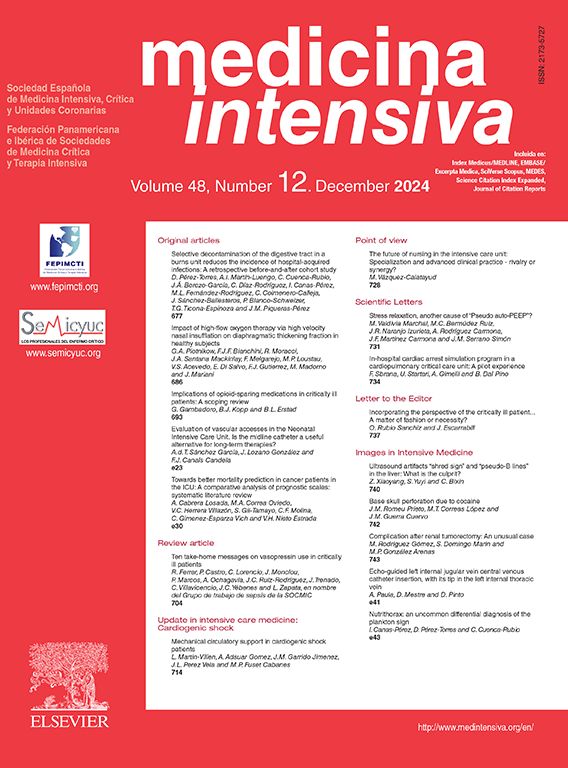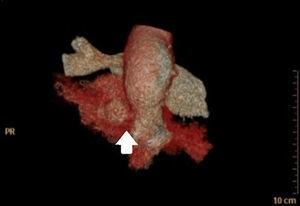Journal Information
Share
Download PDF
More article options
Update in intensive care medicine: Critical patient safety
Available online 28 April 2024
Current perspectives on the use of artificial intelligence in critical patient safety
Perspectivas actuales sobre el uso de la inteligencia artificial en la seguridad del paciente crítico
Jesús Abelardo Barea Mendozaa,
, Marcos Valiente Fernandeza, Alex Pardo Fernandezb, Josep Gómez Álvarezc
Corresponding author
a UCI de Trauma y Emergencias. Servicio de Medicina Intensiva. Hospital Universitario 12 de Octubre. Instituto de Investigación Hospital 12 de Octubre, Spain
b Universitat Rovira i Virgili, Tarragona, Spain
c Hospital Universitari de Tarragona Joan XXIII. Universitat Rovira i Virgili. Institut d’Investigació Sanitària Pere i Virgili, Tarragona, Spain




